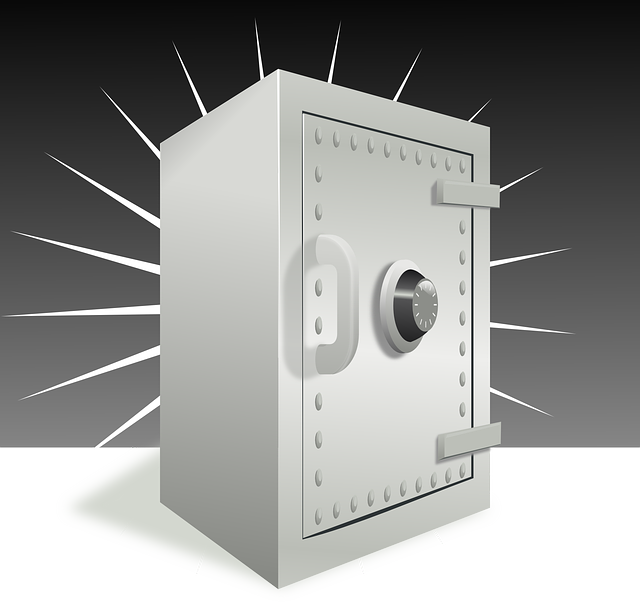We had a pretty momentous occasion recently. We finally got rid of the last of our HP-UX servers, and with it the last of our Oracle 11g databases and Oracle Forms apps.

We use VMware virtual machines running Oracle Linux for nearly all our databases. We pushed really hard over the last couple of years to get everything migrated to 19c. Despite this, there were two projects that were left behind on HP-UX and Oracle 11g. They were effectively dead projects, from the time before we moved to Oracle Cloud Apps, about 5 years ago. We couldn’t get rid of them because people wanted to look at the historical data, but there was very little appetite to do anything with them…
Finally, over the last year we’ve had an archive project running, which involved moving the databases on to Oracle Linux and upgrading to 19c. That bit was easy. The other bit of the project involved building two new APEX apps to replace a 3rd party application and an old Oracle Forms 11g app. Those went live a few months ago, but there was still a lot of reluctance to actually decommission the old systems.
Recently we finally got the approval to turn off the old systems, and decommission the old HP-UX kit. When the change went through the Change Advisory Board (CAB) it was such a relief…
The kit is now decommissioned, and I’ve just been clearing the agents out of Cloud Control, so it’s finally over. No more HP-UX. No more Oracle 11g. No more Oracle Forms…
Now all we have to do is replace a whole load of Oracle Linux 7 servers, and get ready to upgrade to the next long term release of the database… 🙂
Cheers
Tim…
 Things have been a little quiet on the blog front recently, because work has been crazy. I keep being asked to do stuff I’ve never done before and it makes life really hard.
Things have been a little quiet on the blog front recently, because work has been crazy. I keep being asked to do stuff I’ve never done before and it makes life really hard. I’ve been using standby databases, on and off, since Oracle 8i. I first wrote about Data Guard for Oracle 9i. I’ve had an article on 11gR2 Data Guard for ages, but up until recently I’ve always used the manual setup.
I’ve been using standby databases, on and off, since Oracle 8i. I first wrote about Data Guard for Oracle 9i. I’ve had an article on 11gR2 Data Guard for ages, but up until recently I’ve always used the manual setup.